
Scene # 1: Jan 4, 2023, Police Station – Maya Puri, West Delhi
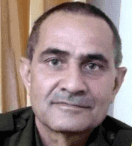
On January 4, 2023, 57-year-old Assistant Sub-Inspector (ASI) Shambhu Dayal of Delhi police (having family responsibility of a wife and three children) was killed by a criminal in broad daylight, while some 20 members of the public watched helplessly. The cop had gone unarmed to a slum at Rewari Line Phase I in Mayapuri on the complaint of a woman regarding mobile phone theft/snatching by a man who had also threatened her. When he reached there, the woman identified the accused and the ASI took him into custody. He was walking him to the police station when the accused suddenly whipped out a knife concealed apparently under his shirt and stabbed him repeatedly, a shocking 13 times in 26 seconds. The accused was overpowered later by another police party. The brave cop died a few days later in the hospital.
Scene # 2: Jan 7, 2023, Memphis Police Department (MPD), Tennessee, USA
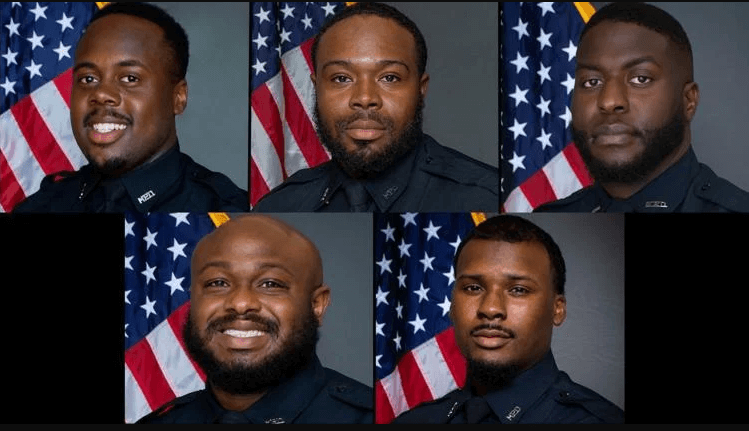
At around 8:24 p.m. on Jan 7, 2023, Tyre Nichols, a 29-year-old FedEx employee was stopped by traffic cops allegedly for reckless driving (there’s no proof that he was actually doing so). The police officers present at the spot pulled Nichols out of his car and used pepper spray and a taser (a device that gives electroshock to incapacitate or immobilize people) on him. This led to a struggle between them. The officers pinned him to the ground, punched and kicked him in the head, and struck him on the back and other parts of the body with a baton. However, Nichols managed to break free and tried to run away to save himself from the beating but the officers chased him.
Soon two more police units arrived at the scene and managed to nab Nichols less than half a mile away where he was beaten for about three minutes. According to a CNN report, the footage from a pole-mounted surveillance camera showed officers striking Nichols at least nine times “without visible provocation”. One officer pushed Nichols on the ground with his leg, while another pulled Nichols up by his shoulders and kicked him twice in the face, and struck his back with a baton. Nichols was repeatedly punched in the face and kicked by the officers during this manhandling. However according to the New York Times despite the unprovoked beating, Nichols who had a four-year-old son kept calling for his mother but did not even once ever strike back. Bodycam footage of the encounter clearing showed that he was severely beaten by the police. During subsequent investigation even though two officers claimed Nichols reached for their weapons, their claim was not substantiated by the videos.
The entire ordeal lasted around 13 minutes and by 8:37 p.m. a limp Nichols was handcuffed and propped up against the side of a police car. Though the medics arrived at around 8:41 p.m. – they made no effort to assist Nichols until 16 minutes later and subsequently an ambulance took Nichols to the Hospital where he complained of shortness of breath and died three days later on January 10, 2023. His autopsy report found the cause of death to be excessive bleeding and severe beating.
Eventually, the U.S. Department of Justice and the Federal Bureau of Investigation (FBI) started investigating the case. According to reports District Attorney Steve Mulroy asked the Tennessee Bureau of Investigation to look into the allegations of excessive use of force during Nichol’s arrest.
The Memphis Police Department arrested and charged the five police officers with second-degree murder, assault, kidnapping, misconduct, and oppression. Finally, Officer Tadarrius Bean, Demetrius Haley, Emmitt Martin III, Desmond Mills, Jr., and Justin Smith were dismissed for what Police Chief Cerelyn Davis described as “a failure of basic humanity”. She admitted that there was no apparent reason why the officers stopped Nichols and what was the exact cause of their aggression. According to her the video footage from the screen of the crime showed “acts that defy humanity”. Even the local media reported that the videos did not appear to show Nichols doing anything to provoke the beating. The incident sparked outrage and protests across the USA.
Scene # 3: May 25, 2020, Minneapolis Police Department, USA

On May 25, 2020, 46-year-old George Floyd was arrested by police officer Derek Chauvin in the U.S. city of Minneapolis after a store clerk alleged that he used a counterfeit $20 bill to purchase goods. Officer Chauvin made Floyd lie face-down in a street and knelt down on his neck for over nine minutes despite the fact that he was already handcuffed. Two other police officers, J. Alexander Kueng and Thomas Lane assisted Chauvin in restraining Floyd. Lane also pointed a gun at Floyd’s head before handcuffing him. A fourth police officer Tou Thao prevented the eyewitnesses on the street from intervening.
While this was happening, Floyd who was kept pinned down on the ground – exhibited signs of anxiety and complained of claustrophobia, and breathing trouble due to fear of imminent death. After a few minutes, he stopped requesting to be let off and lay motionless. Officer Kueng who examined him found no pulse. In spite of this Chauvin refused to release Floyd and lift his knee from Floyd’s neck.
Soon the videos shot by eye-witnesses and security cameras became public and the autopsies concluded that it was a clear case of homicide. As a result, Chauvin was convicted of murder and sentenced to 22.5 years in prison, and the four other police officers were dismissed. The Memphis police Chief Cerelyn Davis was quoted as saying, “This is not just a professional failing. This is a failing of basic humanity toward another individual. This incident was heinous, reckless, and inhumane.” This eventually led to worldwide protests against police brutality, racism, and lack of accountability.
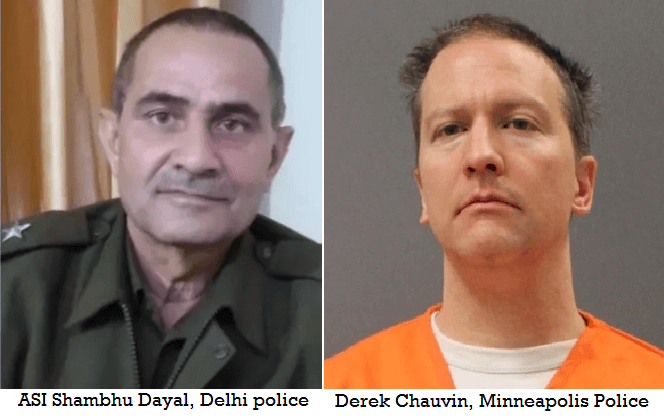
These two incidents present the extreme ends of a spectrum. In the Delhi incident, a thief killed an unarmed cop who had arrested him lawfully. In the American incidents, even as the arrests were lawful, the cops had killed unarmed suspects by using excessive physical force (besides blows, restricting breathing by kneeling on them and choke/strangleholds, etc.), though without using any weapons. I presume that most readers are familiar with fake encounter killings and custodial deaths in India and hence I am not discussing them here to avoid distraction.
This must make concerned citizens curious as to how we can prevent the recurrence of such incidents; how exactly suspects must be arrested, and how we can ensure the safety of the cops while ensuring that the human rights of the people are not violated.
Is Routine Handcuffing the Solution?
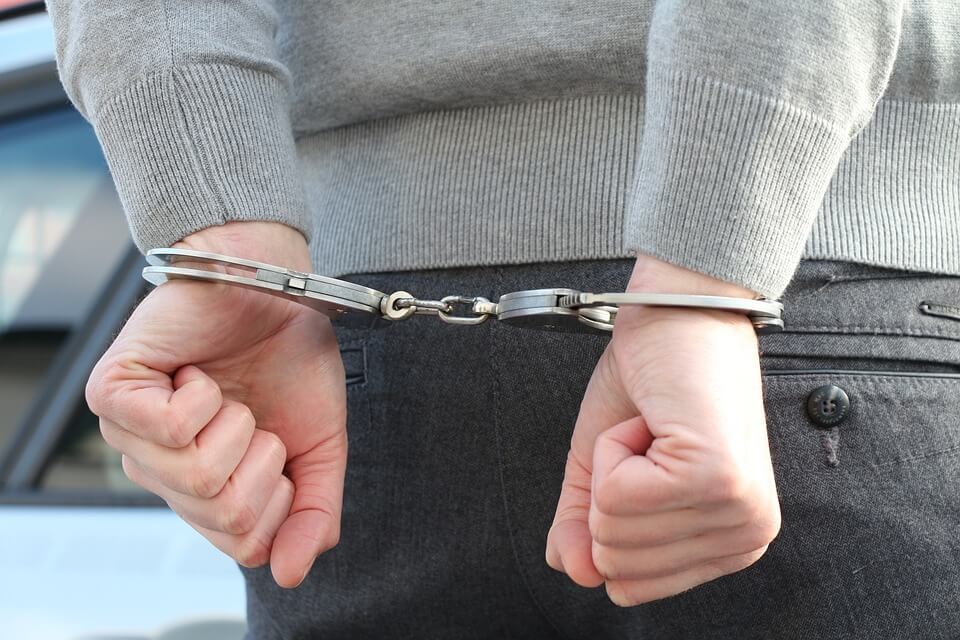
Following the killing of ASI Shambu Dayal, once again, in the police circles, there is a clamor for routine handcuffing. In the USA, the police handcuff suspects almost as a matter of routine, the judgment in the case of Reynolds v. State (1992) notwithstanding. In India, even though there is no blanket ban on handcuffing but the courts have restricted their use greatly in a series of judgments including Sunil Batra (1978), Prem Shankar Shukla (1980), Citizens for Democracy (1995), M. P. Dwivedi (1996) and Suprit Ishwar Divate (2022).
The basic guiding philosophy has been that, from historical experience, the power to handcuff was abused to humiliate people selectively and degrade them publicly and hence restrictions were imposed and elaborate procedures prescribed for handcuffing. In practice, most cops are reluctant to do the necessary paperwork before handcuffing—they also have a serious apprehension of getting into trouble by handcuffing without such paperwork.
Should Cops Learn Martial Arts?

A large number of media people and ‘un-informed’ police officers have started talking of the desirability of teaching martial arts (the hackneyed UAC- ‘unarmed combat) to the cops. This is a pure hoax.
If it is so desired from any corner that cops must learn to ‘control’ suspects using wristlocks/arm-locks and other fancy techniques of Oriental martial arts, I must tell you with my authority of having practiced various martial arts and combat (bare limbs as well as with all sorts of real and improvised weapons) for over three decades and a thousand other authorities that it is a farce with no applicability in real life violent situations. Demonstrations of these fancy techniques are done on cooperating partners.
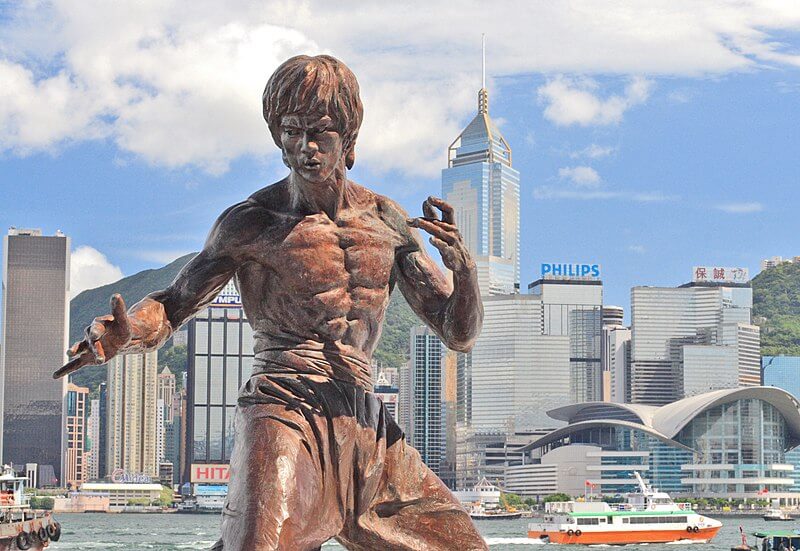
Way back in the 1970s, even though Bruce Lee’s Wing Chun kung fu/Jeetkune do have mesmerized audiences all over the world with his fantastic live demonstrations and films, the US army in its manual ‘Deal the First Deadly Blow’ had, after much research, categorically determined that Oriental martial arts like kung fu, karate, jujitsu, and tae kwon do, etc., demanded long years of intense and dedicated practice for attaining any reasonable level of proficiency, which was impractical for soldiers and hence devised its own techniques. The same findings were reiterated in 2002 also when the US Marine Corps devised its own combat system called MCMAP (Marine Corps Martial Arts Program) rejecting all known martial arts.

Having been a commander of police/paramilitary men, I hold categorically that they must never wrestle with any criminal or try to take them down. They are performing a legally mandated duty and are not out there to win medals on points. In the first place, we cannot afford to waste time teaching them grappling. Secondly, in grappling, the advantage almost invariably goes to the heavier man or one who has more experience in it—while even country folks have some experience in grappling, cops do not have any experience. These days, the prescribed physical fitness parameters in police and paramilitary forces/army prefer lighter men, who would be at a distinct disadvantage in grappling with heavier men.
Most importantly, even as I could train cops in the techniques of street fighting with almost anything available, they must realize that one cannot learn combat without getting injured. Both the individuals and the department must be prepared for this.
Can an SOP (Standard Operating Procedure) be prescribed?

Bureaucratic circles love the word SOP. Yes, it is possible and desirable to frame an SOP for the cops but, in practice, it would once again be fraught with a host of problems.
For example, if is prescribed that a minimum of two cops must go for every small task, there will be practical problems in enforcing it, particularly in view of our poor management of human resources and the myriad duties that the cops are supposed to perform. Moreover, unless one of them has a gun drawn in the American style, even two cops can be easily attacked.
Watch the video footage of the Delhi incident carefully and, if you have any idea of knife-fighting, you would notice that the accused is stabbing the ASI with underhand strikes, and not the usual overhand strikes that most ordinary men would use. It shows that he clearly had considerable experience in knife fighting. Our cops are used to poor and petrified people who start groveling at the sight of police—they are genuinely confounded when faced with a man who is prepared to attack them with deadly force even without firearms.
Talking of body search, unless a suspect is handcuffed, he could attack you in the process of the search itself.
It has also been suggested that permission to handcuff an accused with a history of violent crimes should be duly obtained. Fine, but not only that it is cumbersome in practice, how in the world could the martyred ASI have ever expected that a petty thief of a mobile phone who had not even tried to run away when identified by the complainant, would not only be carrying a knife but would be desperate enough to use it violently on an unsuspecting cop, something even old criminals are averse to?
You must understand that it is not necessary to carry a nine-inch blade for such purposes. Even a four-inch sturdy blade (that is within legal limits of the Arms Act), or for that matter, even the old-style straight shaving razor or a sharpened screw drive also, can inflict deadly wounds if used properly. This means that the ASI could not have recorded it anywhere before the arrest that the suspect is a dangerous and violent man.
Wearing body cameras is a welcome idea. If for nothing else, it would be useful for evidentiary purposes should something untoward happen?
I do not expect public cooperation from bystanders. Who would risk his life in such situations?
Then What Must Be Done?

Theoretically, it is possible to collect data on assault on policemen by suspects or prisoners across the country and file a review petition in the Supreme Court replete with an analysis of each incident and drawing lessons from them. However, first, the maintainability of such a review petition is doubtful. Second, given the legendary intellectual bankruptcy that consumes this country, the required analysis is a daunting task. In any case, I am not very hopeful of practicable directions coming out of the review. My emphasis is on the word ‘practicable’.
It should be clear that, in view of the numerous constraints, I do not favor the physical control of suspects by Oriental martial arts techniques or grappling. I also do not favor punching, kicking or application of various choke/strangle holds the way the American police do—often with fatal consequences.
Criminals must, however, know that if they resist arrest, cops are going to hurt them. The criminals must also know that they could even be killed if they act funny—not to speak of attacking cops with weapons.
Should the Cops keep Firearms All the Time?
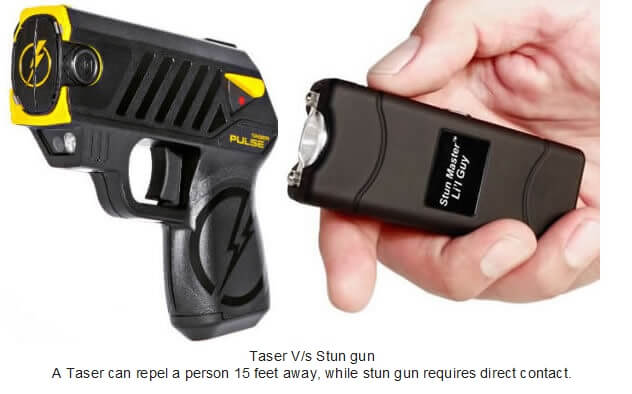
That leaves firearms as the only practical option. Tasers or Stun guns (technically called Electronic Disabling Devices or electroshock weapons so common in the USA have not been officially introduced in India because Rule 89(3)(a) of the Arms Rules 2016 stipulates that they can be imported only if medical research reports on as many as eight points are produced, which prove that the technology used is neither lethal nor would cause permanent damage. Unfortunately, such research does not exist in India. Moreover, keep in mind that in the Memphis incident, Taser was indeed fired on Nicholas but he managed to run away and it failed.
The standard service handguns, that is, 9 mm pistols and .38 revolvers generally cause enough blood loss to be lethal even if the bullet hits a part that is not considered vital. They are military combat weapons and their use in routine policing duties like making arrests must be strongly discouraged.
The .22 Revolver, a Suitable Firearm for Everyday Carry

Yet, we must realize that firearms have an aura of their own—the very fact of having been shot has a great psychological impact on the people even if the injury is not at all serious. I, therefore, recommend a .22 revolver for this purpose. The bullet of a .22 revolver is, in normal course (that is unless shot in the head or neck), not likely to prove fatal as the blood loss is much less.
Also Read: Yeh Mera India: Police and the Common Man #1
A revolver is to be preferred over a semiautomatic pistol for this purpose because in a situation like that of the martyred ASI Shambhu Dayal, holding on to a suspect in an injured condition and cocking the pistol is a problem. In India, the government’s OFB (Ordnance Factory Board) makes a .22 revolver that weighs just 380 grams (against 1.075 kg of the 9 mm pistol of Rifle Factory, Ishapore) and carries 8 cartridges. The OFB can always scale up the production of .22 revolvers for the police. It will necessarily have to be carried with a lanyard so that it may not be snatched under any circumstance.
Most importantly, public knowledge of the fact that the cops have firearms and their visibility would be deterrent enough. I am aware that abuse of the revolver by the cops, or mistakes in its use is likely but the consequences are not likely to be serious. We will have to choose the lesser of the two evils.

